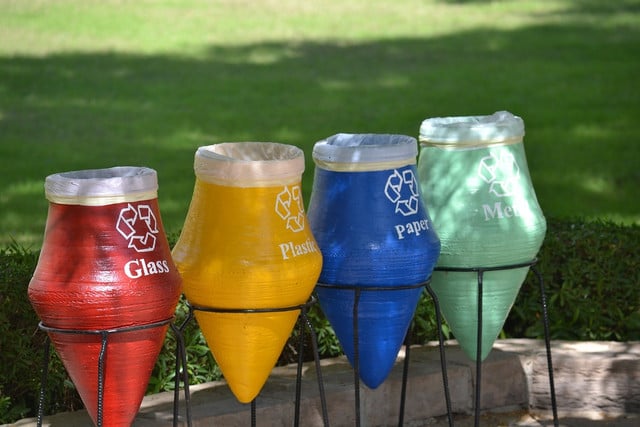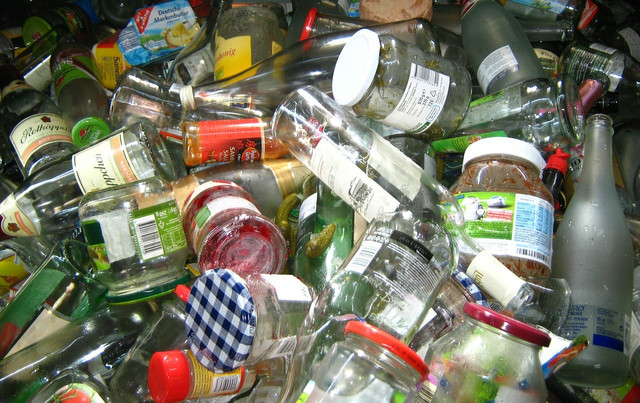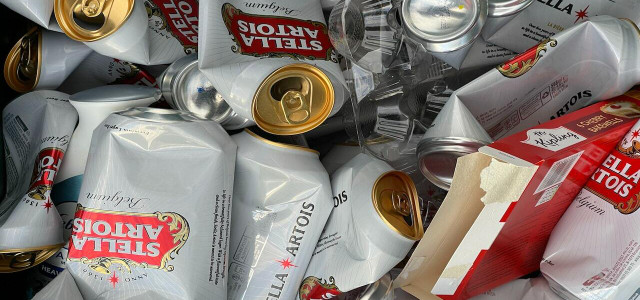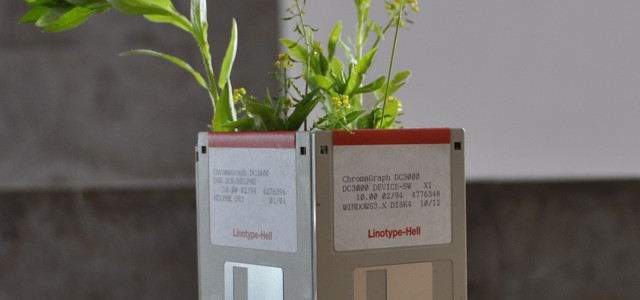Commingled, or single-stream recycling, is a one-bin recycling method. Learn more about how commingled recycling works, where it's used, and what to look out for.
Commingled recycling is a method of recycling in which individuals are not required to separate their recyclables into different bins. Also known as single stream recycling, commingled recycling means you can throw all your glass, plastic, paper, metals into one recycling can. This practice is becoming more popular across the US because it makes recycling easier for everybody from individuals to sanitation workers and recycling programs. But it also has its disadvantages.
Where is Commingled Recycling Used?
Today, most big cities have adopted single stream recycling. However, recycling itself is a fairly new concept. It was not until the early 1970s when Earth Day catalyzed the movement for recycling materials. Community action started mass recycling as citizens created their own networks for dropping off materials at small recycling centers created in backyards, and abandoned buildings. A few years later, recycling centers evolved to become bigger companies, and curbside pickup took off in cities like Portland, Los Angeles, Grand Rapids, and Washington, DC.
Recycling quickly became normalized across the US. It began with a dual stream method. In the mid 1990’s, a few cities began considering single stream systems. By 2003, almost one hundred cities had adopted commingled recycling schemes. Today, big cities and small towns across the board are moving to this system. Chicago, Los Angeles, Houston, Phoenix, Philadelphia, San Antonio, Dallas, San Diego, and San Jose are all on board. As are many municipalities in California, Arizona, New Jersey, and other states.
Commingled Recycling: Pros and Cons



(Foto: CC0 / Pixabay / imordaf)
As with any system, there are positives and negatives. Here’s a general overview of the benefits and disadvantages of single-stream recycling.
Pros:
- Easy and convenient for consumers: By combining all recyclables, people don’t need to make space for multiple different recycling containers. This can help take away the stress of figuring out which items are recyclable and in which receptacles they belong, making recycling simple and more accessible. Single stream recycling also means you only have to take your recycling bin to the curb once a week. These advantages make recycling a much more attractive option to many people who are uninterested or overwhelmed by the multi-stream system.
- More recycled materials: Because commingled recycling makes recycling easier for consumers, the sheer volume of recycled materials increases under the commingled recycling scheme.
- Easier for recycling centers: Recycling centers set up for commingled recycling are easier to operate. Collection of recyclables can be done all-in-one, and sorting becomes automated. Collection receptacles also are swapped out and become easier to use. This makes the whole process more streamlined for staff, and even results in fewer worker injuries.
- Inexpensive: Collecting all recyclables together means lower collection costs because there are less trips needed, and less vehicles in operation.
- Reduced emissions: Fewer pick-up trips results in fewer vehicles on the road and therefore reduced emissions.
Cons:
- Higher rates of non-recyclables: Increased convenience of and participation in recycling also leads to increased laziness. Counties using single stream recycling end up receiving more materials that can’t be recycled at all because they are dirty. This results in higher rates of waste because these items end up in the trash. On the other hand, rates of recycled materials increase under commingled recycling systems as well, so it is hard to say whether there is actual a higher amount of overall waste. As of now, we can only examine percentages.
- Initial costs: Though commingled recycling is more sustainable and inexpensive in the long run, there are high costs involved when changing over to this model. Processing facilities must be updated. This includes new collection vehicles, sorting machines and software. All of this is important to keep in mind when considering switching over to the commingled model.
Commingled Recycling Tips



(Foto: CC0 / Pixabay / geralt)
- Watch what you recycle: Just because you have a commingled recycling system does not mean you can throw literally anything in the recycling bin. You still need to separate between trash and recycling. For example, make sure not to put dirty paper or paper towels in the recycling as these cannot be recycled. If you are unsure whether something is recyclable, check your local recycling regulations using Keep America Beautiful’s recycling guide.
- Check labels: Check the labels of your materials as they may have recycling instructions. For plastics, you can refer to the recycling number label. All plastics labeled one through seven may be recyclable, but it depends on the exact material. For example, a number six plastic milk bottle is recyclable, but a number 6 styrofoam material is not. For further information, check out the Plastics Identification and Recycling Chart from the Farmers’ Almanac.
- Clean your recyclables: Regardless of your recycling service type, make sure your items are actually recyclable by cleaning your glass, plastic and aluminum containers before you throw them out. Otherwise, these materials cannot be melted down and reused.
Read more:
- Where and How to Recycle Your Laptop – and Other Options
- Are Milk Cartons Recyclable? Here’s What You Need to Know
- Precycling: How to Say No to Packaging Waste
Do you like this post?







